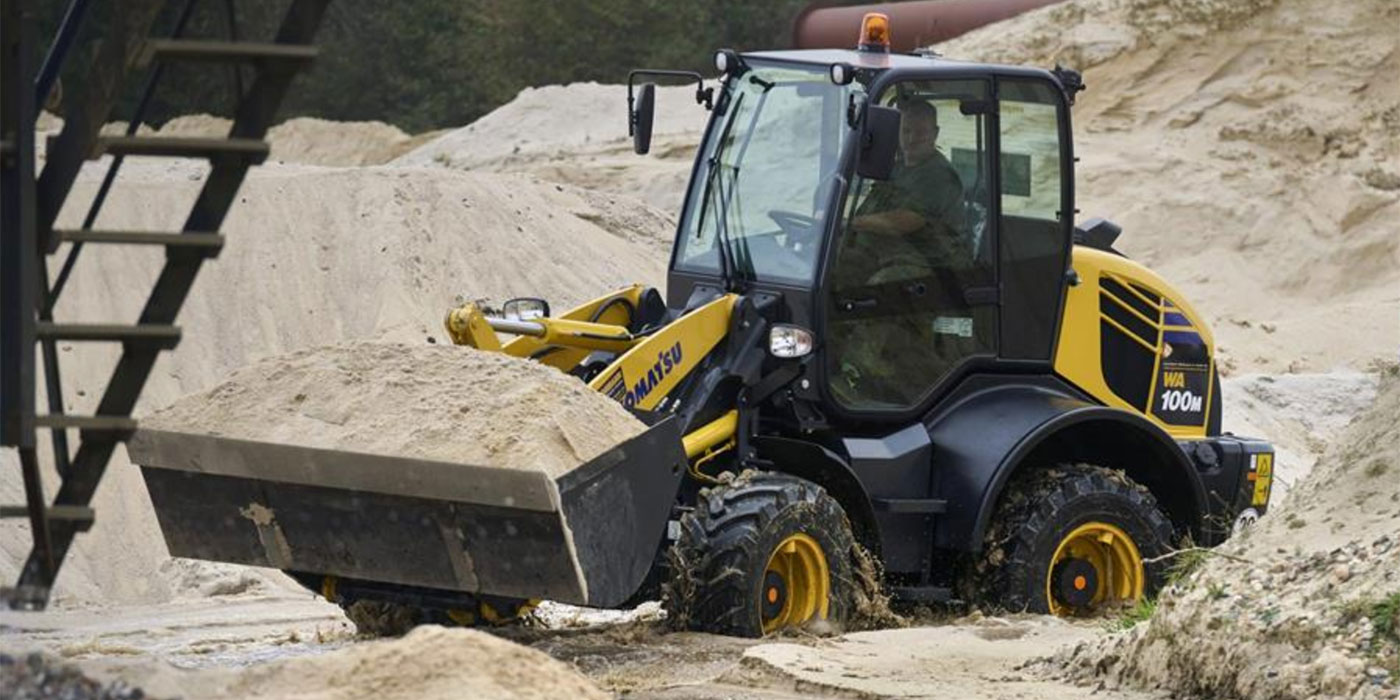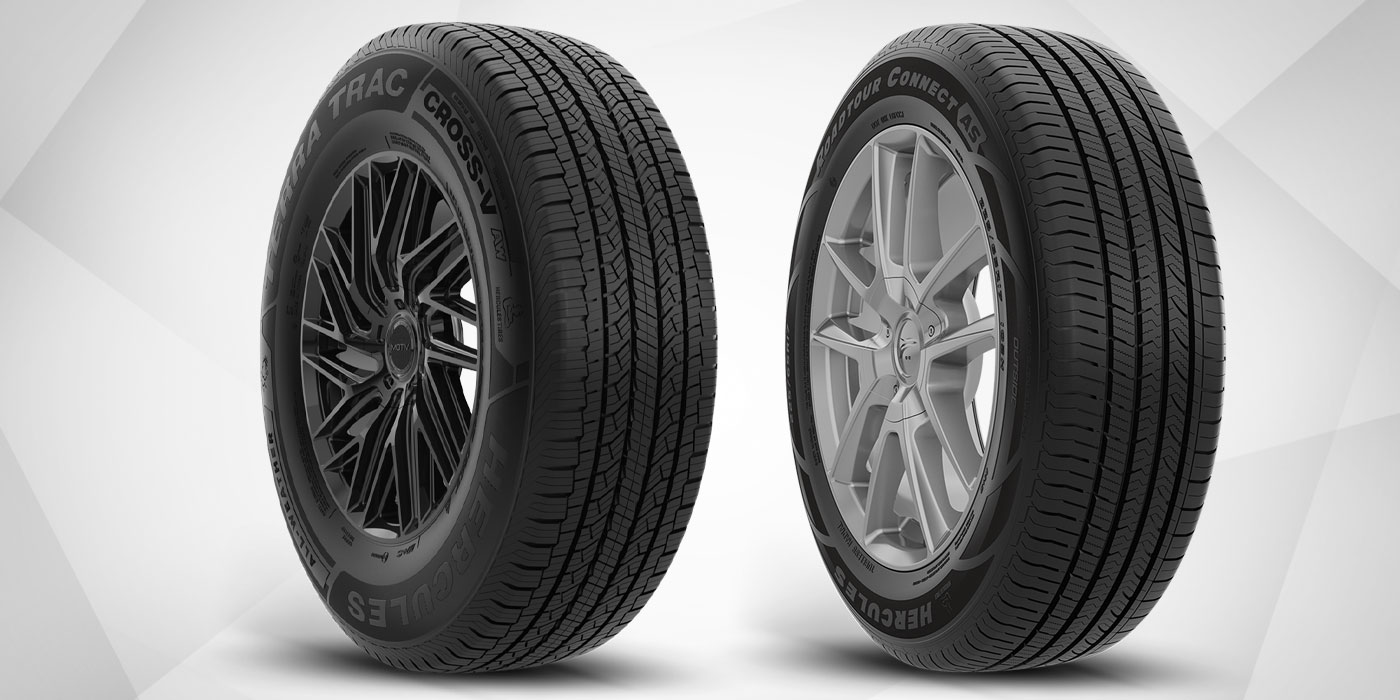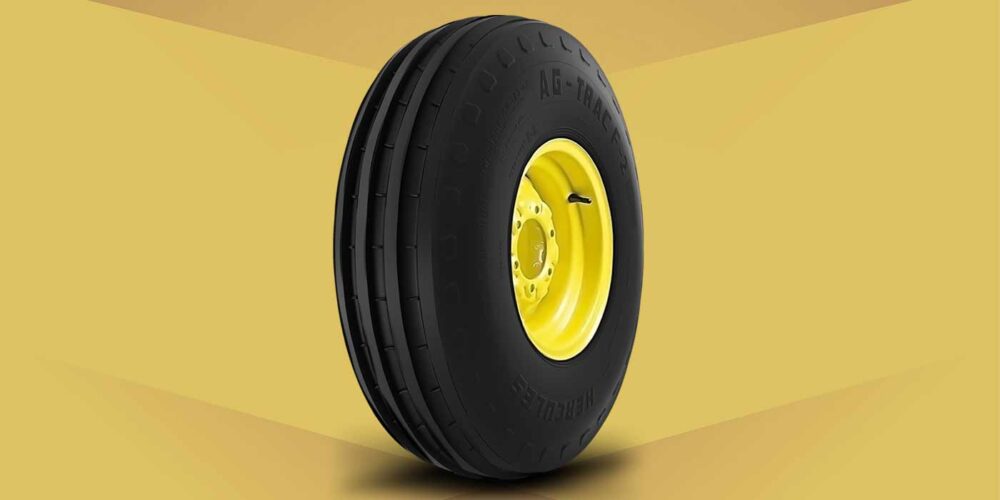It’s common knowledge in our industry that all tire guys preach the benefits of maintaining proper truck tire inflation. With recent steep escalations in tire pricing, coupled with all-time high emphasis on the best fuel economy possible, most fleet managers are now devoting more time to reviewing and possibly revising inflation maintenance programs.
Old school inflation maintenance recognized that very slow but consistent air diffusion through casings, slow leaking nail hole punctures, seasonal ambient temperature differences and other issues called for regularly scheduled pressure checks and adjustments. The primary goals of these programs have been to avoid the inconvenience and expense of in-route roadside or tire service and to minimize safety issues associated with emergency or unscheduled maintenance.
Today, those goals are evolving to selecting and maintaining constant inflations that optimize tire performance, especially treadwear and fuel economy. Modern radials have finely-tuned footprint pressures designed to optimize resistance to irregular wear and to minimize rolling resistance. These footprint pressure distributions within the tire/road contact area, however, vary primarily with load and inflation pressure.
Consider load first: For example, a tanker fleet, which leaves at max GVW and returns empty, must have tires inflated to carry the maximum load, recognizing that tires on the empty return are overinflated and more susceptible to irregular wear.
While the ultimate tire guy dream would be to have on-board systems that could be programmed to constantly match inflation to load, these do not presently exist. Current generation automatic tire inflation systems (ATIS) for trailer axles do at least maintain the fleet selected inflation pressure compromise, and are gaining a solid reputation of reducing unscheduled downtime and roadside delays.
Meanwhile, fleets are awaiting similar systems for power units, a daunting task for the free-floating drive axles currently used on all medium- and heavy-duty trucks.
Next, consider “cold” vs. “hot” inflation pressures. All tire industry load/inflation rating data is based on “cold” inflations, which really are defined as at-rest ambient inflation, not including pressure buildup common when tires are operated at highway speeds. This buildup is normally in the 8 to 18 PSI range, depending primarily on speed, load, road surface temperature, tire size/type and initial “cold” inflation. Cold inflation is approximately 68 to 70 degrees F. So, if a fleet is setting at-rest inflations in a yard at 10 degrees F, adjustments of approximately 2 PSI per 10 degrees F should be made.
Setting inflation pressures based on inbound tire checks can be misleading, as there is only an approximate, not exact, relationship between “cold” and “hot” pressures. Most tire manufacturers recommend checking and correcting “cold” inflations after trucks/trailers have been sitting for a minimum of two hours.
Newer generation tires are trending to lower profile, wider tread designs, which are generally more susceptible to any inaccuracies in vehicle alignment, since wider treads amplify the physical displacement of tread edges due to off-spec or wider tolerance camber and toe settings.
Wide-base singles, designed to replace dual assemblies, represent the current extreme of this advancement. Likewise, slower wearing tires and especially wider tread tires can be more likely to develop late-life irregular wear and rolling resistance variation if inflation pressures close to optimum are not maintained.
These relationships have existed for many decades. Some things that have changed are that tires are now much more expensive, and casing durability is more important than ever, since retreads are less expensive than new tires and technology advancements in retreading ensure many trouble-free miles with low rolling resistance comparable to new fuel-efficient tires.
The two primary keys to achieving these cost-saving advantages of extending takeoff mileages are optimum inflation maintenance and precision vehicle alignment.
Many fleets are now documenting the advantages of extending takeoff mileages.













